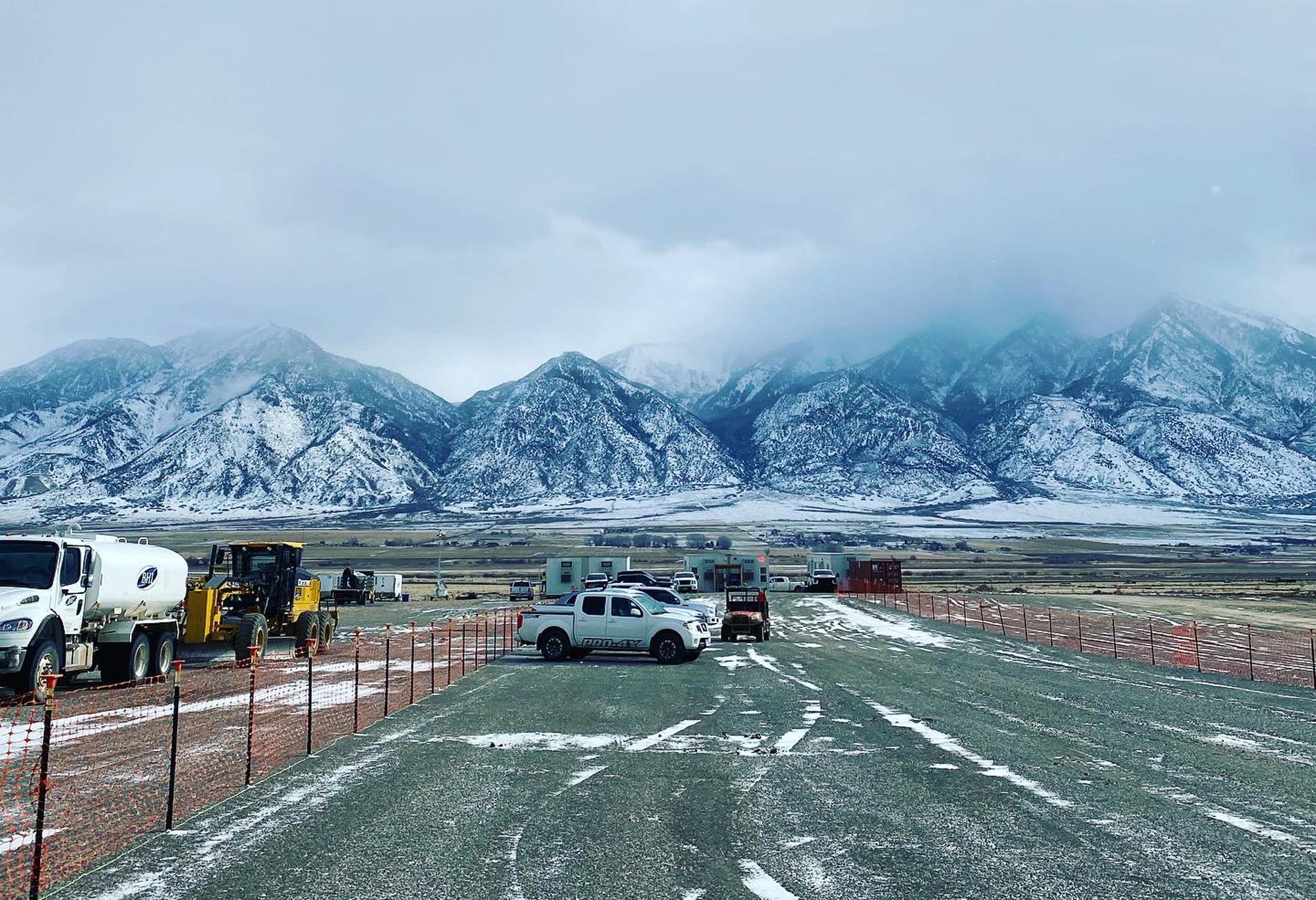Contact Our Experts
Registered SWPPP inspectors on every project
At Erosion Control Services, we don’t simply provide SWPPP (Stormwater Pollution Prevention Plan) compliance solutions — we bring expertise, certification, and hands-on experience to every project.
All our team members, including installers, are Registered SWPPP Inspectors (RSI), ensuring that your project meets the highest standards of compliance and environmental protection.
Our commitment to regulatory compliance, erosion control, and stormwater management helps contractors, developers, and municipalities navigate complex regulations while keeping their job sites compliant, safe, and efficient.
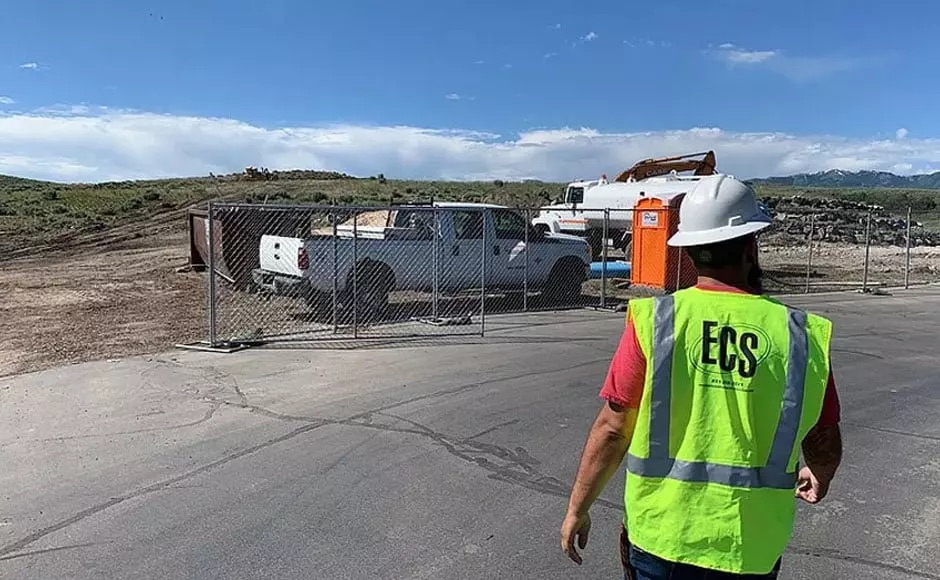
Our Services
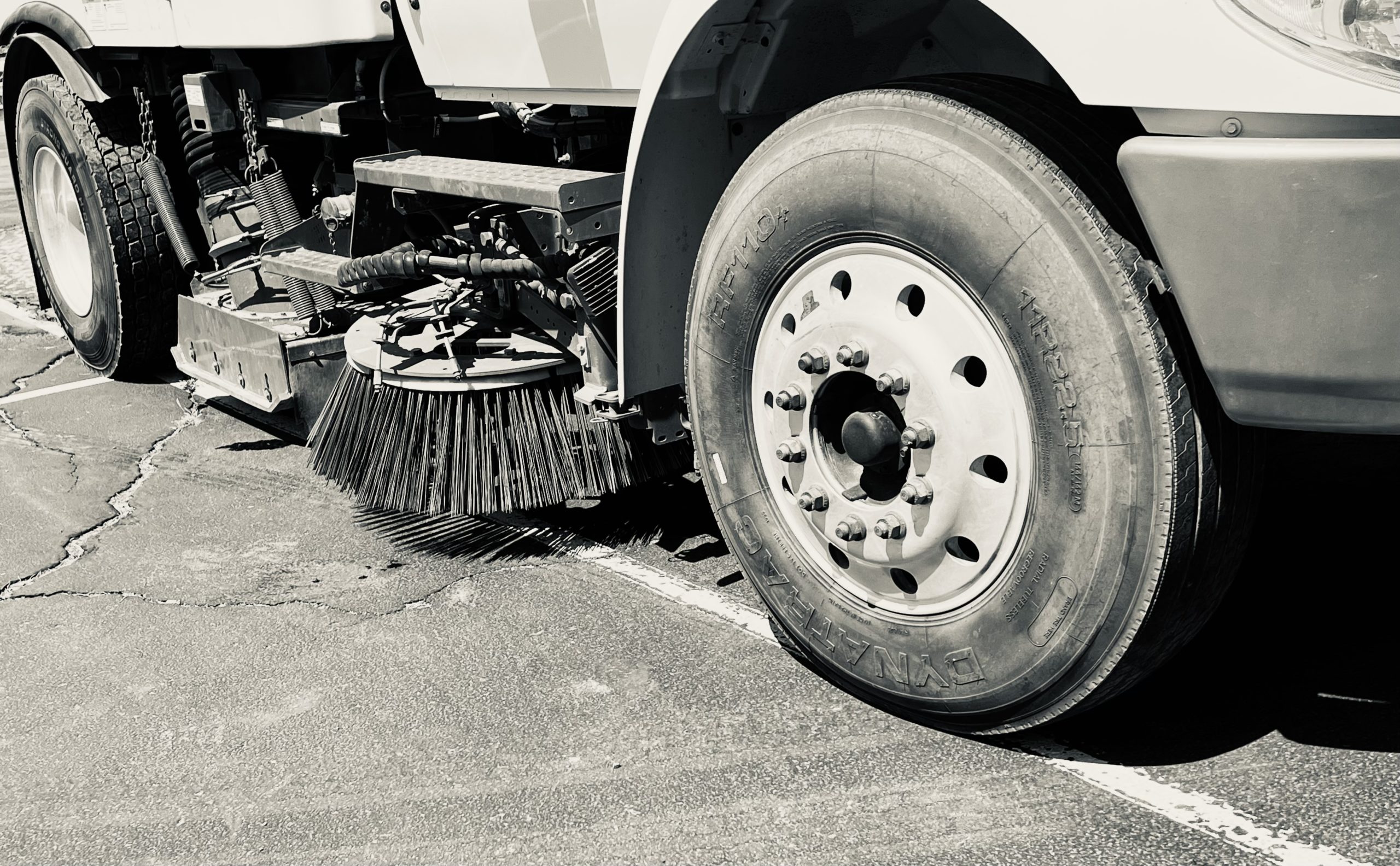
Street Sweeping
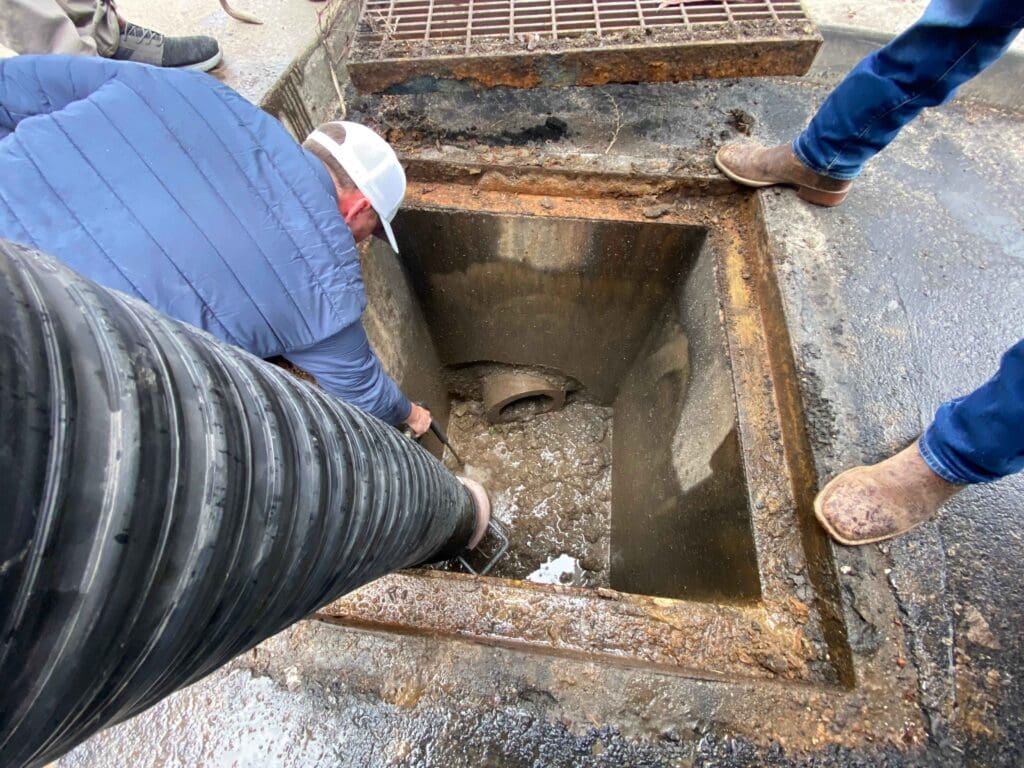
Storm Water Inlet Cleaning
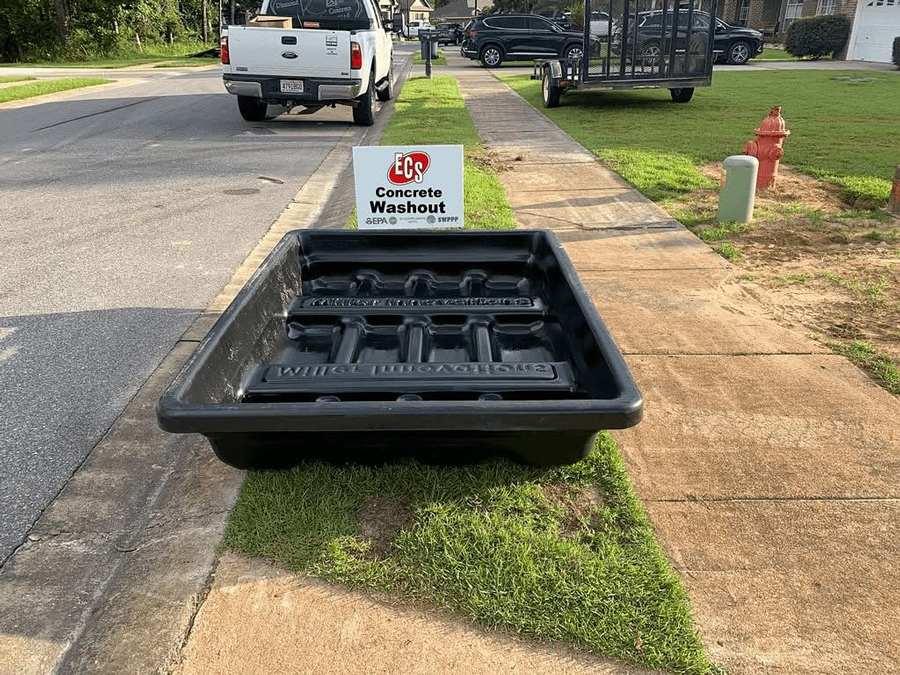
Concrete Tubs
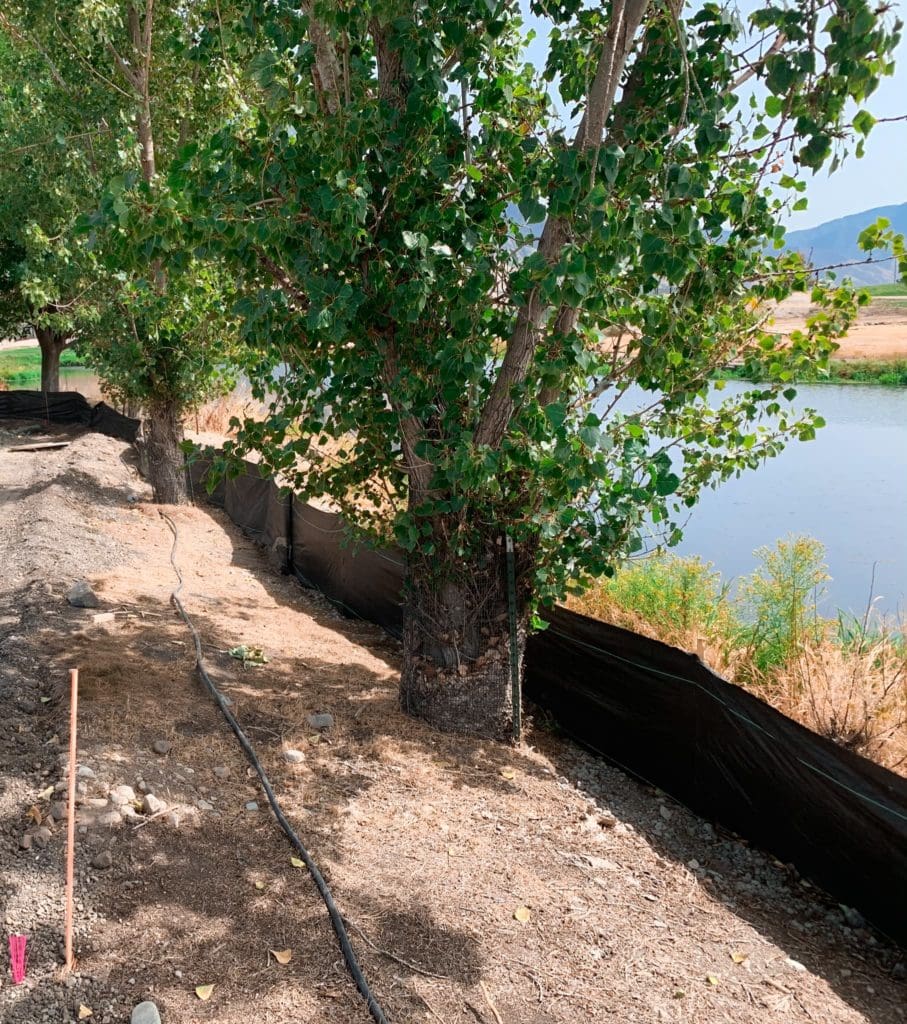
Perimeter Control

Stormwater Pollution

Stormwater Inspector
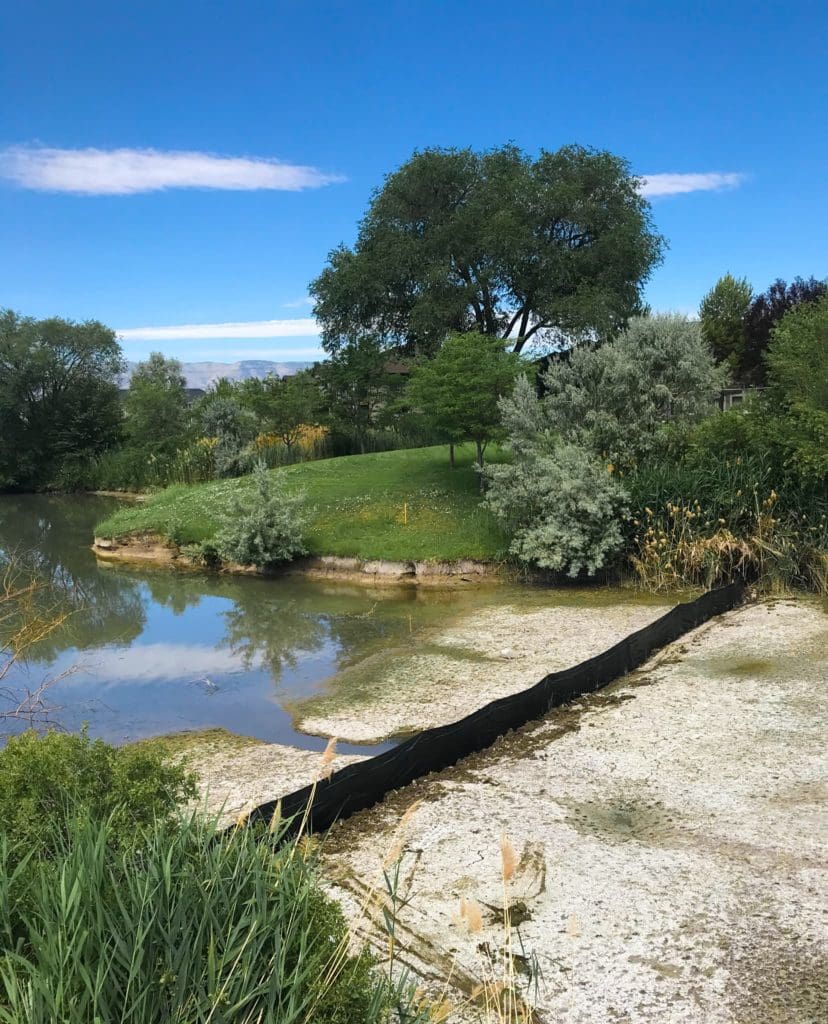
Erosion Control Measures
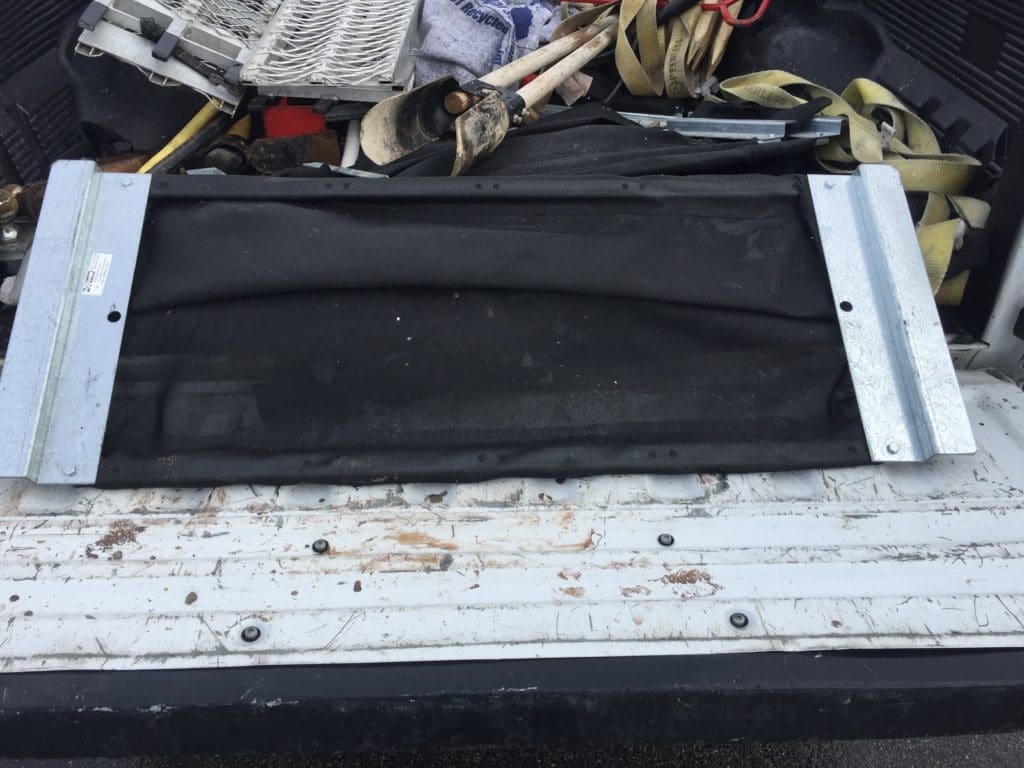
Inlet Protection
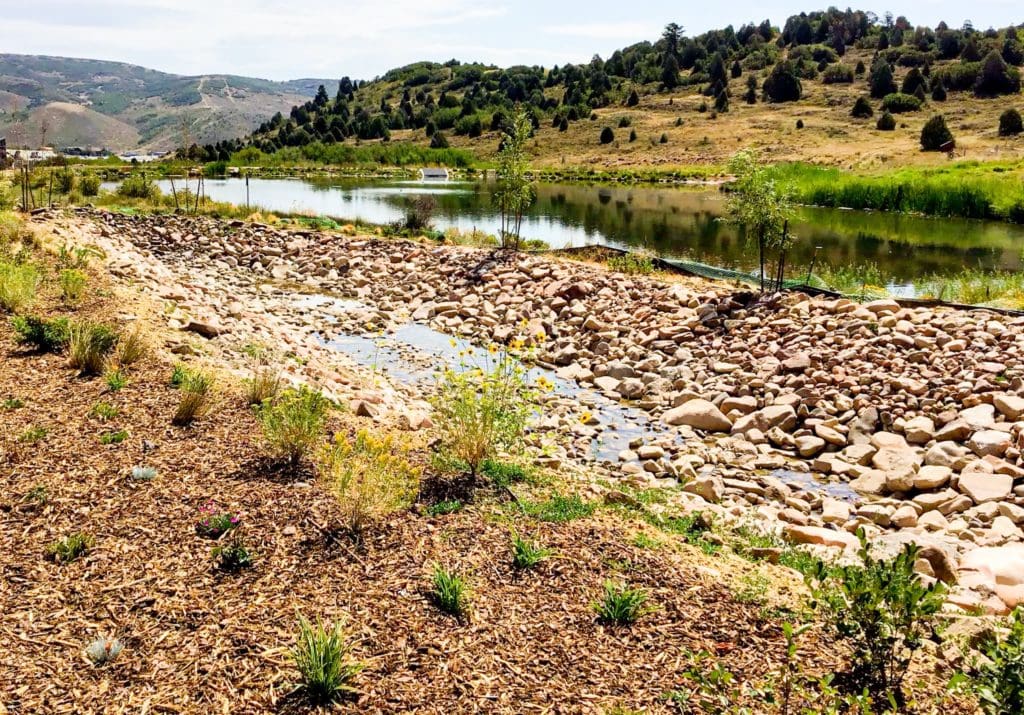
Storm Water plans
Why SWPPP compliance matters
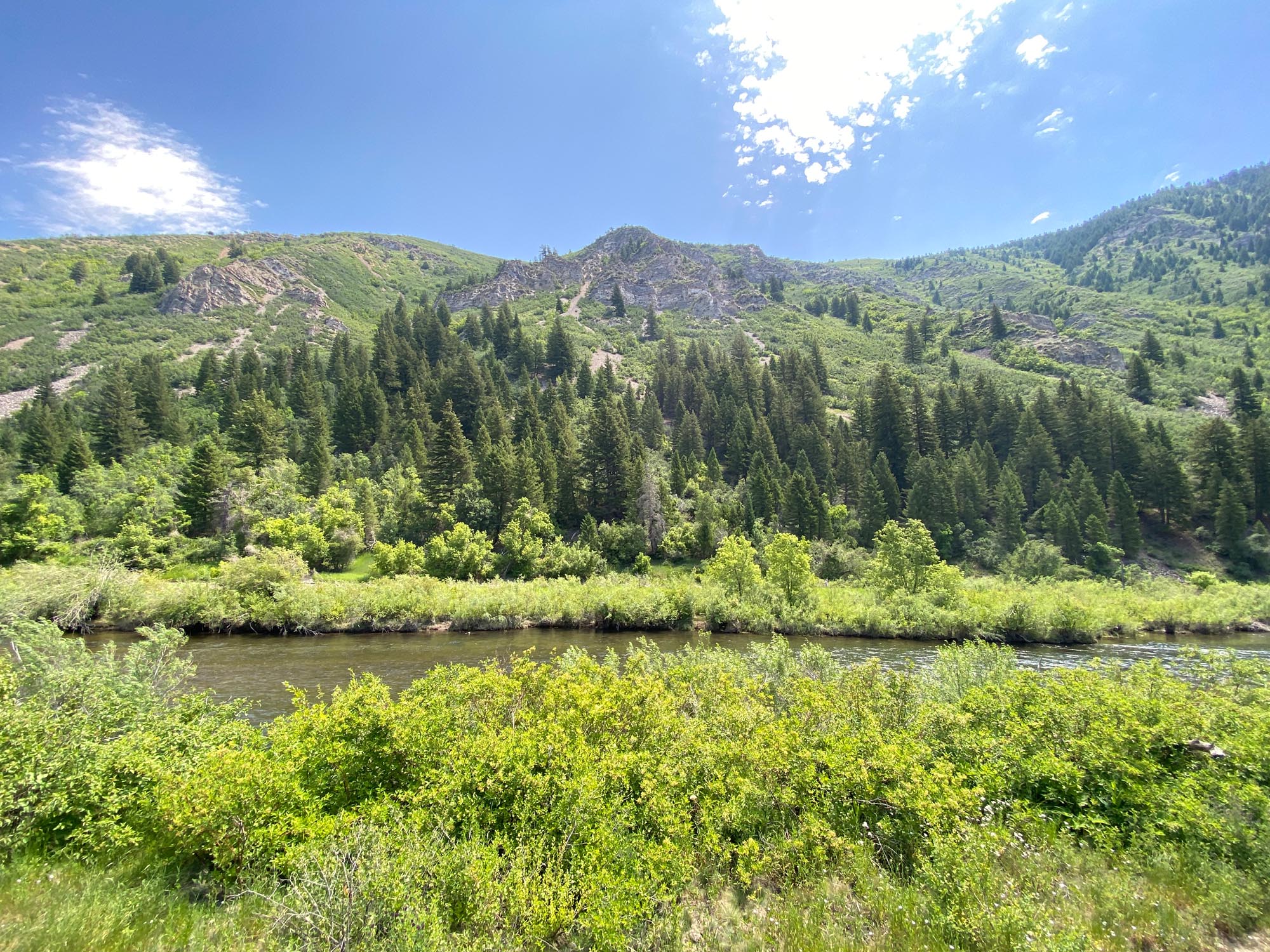
Proper SWPPP implementation helps prevent soil erosion, protect water quality, and meet regulatory requirements set by the EPA, state agencies, and local governments. Construction sites without a solid SWPPP plan risk runoff violations, environmental damage, costly fines, and project delays.
Our RSI-certified team provides comprehensive SWPPP solutions to help you:
✔ Prevent sediment and pollutant runoff into storm drains, lakes, and rivers.
✔ Meet all federal, state, and local stormwater regulations to avoid penalties.
✔ Keep your project on schedule by maintaining compliance from start to finish.
✔ Protect natural resources and minimize environmental impact.
What Our Customer Say
Posted onTrustindex verifies that the original source of the review is Google. Michael was excellent to work with! He had great communication.Posted onTrustindex verifies that the original source of the review is Google. I work for a general contractor in the accounting department and Erosion Control Services has been a valued subcontractor for years. They are responsive and professional. We appreciate our partnership with Erosion Control Services.Posted onTrustindex verifies that the original source of the review is Google. I have been working with Erosion Control on some projects for a couple of years now and am very impressed. Karena has been my primary office contact. She always goes above and beyond with timely responses, a great attitude and willingness to help.Posted onTrustindex verifies that the original source of the review is Google. Erosion Control Services is an amazing company to work with. Very knowledgeable, professional, and has excellent communication. Would highly recommend.Posted onTrustindex verifies that the original source of the review is Google. Erosion Control Services is an amazing company to work with. They responded quickly and efficiently, especially Michael, he was so nice and very helpful! I would highly recommend them to anyone.Posted onTrustindex verifies that the original source of the review is Google. This company literally keeps a roof over my head and food in my belly. 10/10 would recommend!Posted onTrustindex verifies that the original source of the review is Google. I recently hired Erosion Control Services for a project in Alpine, and I am thoroughly impressed with their professionalism and expertise. From the initial consultation to the completion of the job, their team demonstrated a deep understanding of erosion control challenges specific to our region. Here's what stood out: - Expertise: Their knowledge of local soil conditions and regulations ensured that our project not only met but exceeded compliance standards. They provided innovative solutions like hydroseeding and erosion control blankets that were perfectly tailored to our needs. - Customer Service: The team was always available to answer questions, and they communicated clearly at every step. Their proactive approach in updating me about the project's progress was much appreciated. - Efficiency: The work was completed on time, which is rare in construction-related services. They managed to streamline their processes without cutting corners, showcasing their efficiency and respect for client timelines. - Environmental Responsibility: It's clear that Erosion Control Services cares about the environment. Their methods not only prevented soil erosion but also promoted vegetation growth, which has made a significant difference in the aesthetics and health of the site. - Value: While their services might not be the cheapest on the market, the value they provide in terms of quality, reliability, and long-term soil stability is unparalleled. The investment is worth every penny for the peace of mind and the quality of work delivered. If you're looking for a company that combines technical skill with genuine care for the environment and client satisfaction, Erosion Control Services in Lehi should be your go-to. They've turned a potentially stressful project into a smooth, educational, and visually pleasing experience. Highly recommended!Posted onTrustindex verifies that the original source of the review is Google. ECS delivers effective and reliable service with a focus on environmental compliance. I highly recommend them for any project requiring erosion and storm water management.Posted onTrustindex verifies that the original source of the review is Google. Erosion Control was awesome! Very clear in their communication, kept my expectations realistic, and overall just did a great job. I definitely recommend them to anyone and everyone.
Our SWPPP services
SWPPP plan development and permitting
A well-structured SWPPP plan is the foundation of compliance. Our team:
● Creates customized SWPPP plans tailored to your site’s specific conditions.
● Manages stormwater permitting
● Provides detailed Best Management Practices (BMPs) to minimize erosion and runoff.
SWPPP inspections and compliance monitoring
With RSI-certified inspectors on every job, we conduct:
● Routine site inspections to monitor BMP effectiveness.
● Comprehensive compliance reports to track and document stormwater control measures.
● Corrective action recommendations to address potential violations before they become costly issues.
Erosion and sediment control solutions
From silt fences and straw wattles to hydroseeding and rock check dams, we implement industry-leading erosion control measures that keep stormwater clean and job sites compliant.
Dewatering compliance and water quality testing
We assist with proper water discharge management, including:
● Water sample collection and analysis to meet state water quality standards.
● Regulatory paperwork and reporting for stormwater permits.
● On-site dewatering solutions to prevent sediment-laden runoff.
Training and compliance support
Need to educate your team on SWPPP compliance? We offer:
● On-site and virtual training on SWPPP regulations and best practices.
● Guidance on proper BMP installation and maintenance.
● Ongoing compliance support to keep your team up to date.
Why choose Erosion Control Services?
✔ RSI-certified expertise on every project – Unlike other companies, our entire team (including installers) holds Registered SWPPP Inspector (RSI) certification, ensuring expert compliance and professional execution.
✔ Full-service SWPPP solutions – From plan development and permitting to inspections, reporting, and BMP installation, we handle everything.
✔ Fast, reliable service – We help you stay compliant, avoid delays, and prevent costly violations.
✔ Environmental commitment – We use eco-friendly erosion control strategies to protect natural resources and minimize environmental impact.
